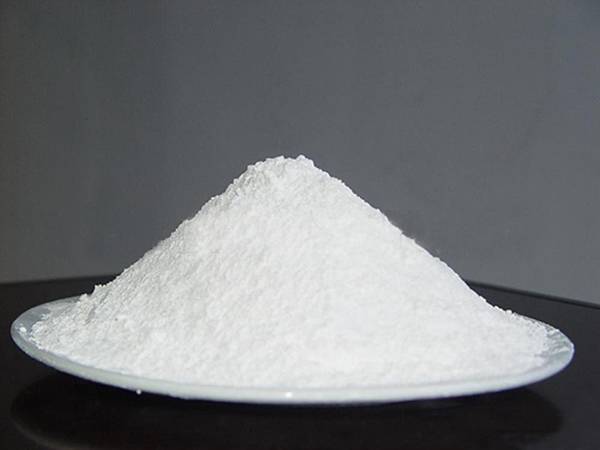



Cloudy Swimming Pool After Shock Treatment Troubleshooting Tips and Solutions
Understanding Cloudy Pool Water After Shock Treatment
Swimming pools are a source of joy and relaxation, especially during the hot summer months. However, maintaining a crystal-clear pool requires diligence, particularly after conducting essential maintenance treatments like shocking. Shock treatment is vital for keeping pool water sanitized and clear by killing bacteria and algae, but it can sometimes lead to unexpected side effects, such as cloudy water. If you’ve recently shocked your swimming pool and noticed it has become cloudy, here’s an overview of why this occurs and how to resolve the issue.
What is Shock Treatment?
Before diving into the cloudiness issue, it’s essential to understand what shock treatment entails. Pool shocking involves adding a concentrated dose of chlorine or other chemical sanitizers to the water to quickly elevate the chlorine levels. This process eliminates persistent contaminants such as bacteria, organic debris, and chloramines (the byproducts of chlorine that can cause irritation). Shocking is particularly recommended after heavy pool usage, rainstorms, or when the water appears dull or green.
Why Does Cloudiness Occur?
1. Disruption of Water Chemistry When you add a large dose of shock, the sudden influx of sanitizers can temporarily disturb the delicate balance of chemicals in your pool. This disruption can lead to cloudy water as particles and pollutants react to the shock.
2. Inadequate Filtration After shock treatment, the increased sanitizer levels can result in the accumulation of dead algae, bacteria, and other organic debris. If your pool's filtration system isn’t running effectively or hasn't been recently cleaned, these particles can linger in the water, contributing to cloudiness.
3. High Levels of Calcium Using calcium hypochlorite as your shock treatment can increase the overall hardness of your water. If your pool already has high calcium levels, this can lead to cloudiness due to the precipitation of calcium compounds.
4. Alkalinity and pH Imbalance Shocking can cause fluctuations in pH and alkalinity levels. When these levels are out of balance, it can lead to cloudy water. Ideally, pH should be maintained between 7.2 and 7.8, while total alkalinity should be between 80 and 120 ppm.
swimming pool cloudy after shock treatment

How to Clear Up Cloudy Pool Water
If your swimming pool has turned cloudy after shock treatment, don’t panic
. Here are steps to restore clarity1. Run the Filter Keep your pool pump and filter running continuously for 24-48 hours following the shock treatment. This allows the filtration system to remove floating particles.
2. Test Water Chemistry Use a pool testing kit to check the pH, alkalinity, and chlorine levels. Adjust these levels as necessary; if pH is high, add a pH reducer (like muriatic acid); if low, use a pH increaser.
3. Use a Clarifier Pool clarifiers are designed to coagulate fine particles in the water, making it easier for the filter to remove them. Adding a clarifier after shocking your pool can help expedite the clearing process.
4. Backwash Your Filter Ensure your filter is clean and functioning correctly. If using a sand filter, backwash it to remove trapped debris.
5. Wait Sometimes, simply allowing time for the particles to settle and for the filtration system to work is necessary. Keep an eye on the water, and it should start to clear up.
Conclusion
Experiencing cloudy water after shock treatment can be frustrating, but understanding its causes and employing the right solutions can swiftly remedy the situation. Regular maintenance, combined with proper shocking techniques and consistent monitoring of water chemistry, will help ensure your swimming pool remains a beautiful and inviting oasis for all to enjoy. Happy swimming!
-
Why Sodium Persulfate Is Everywhere NowNewsJul.07,2025
-
Why Polyacrylamide Is in High DemandNewsJul.07,2025
-
Understanding Paint Chemicals and Their ApplicationsNewsJul.07,2025
-
Smart Use Of Mining ChemicalsNewsJul.07,2025
-
Practical Uses of Potassium MonopersulfateNewsJul.07,2025
-
Agrochemicals In Real FarmingNewsJul.07,2025
-
Sodium Chlorite Hot UsesNewsJul.01,2025










